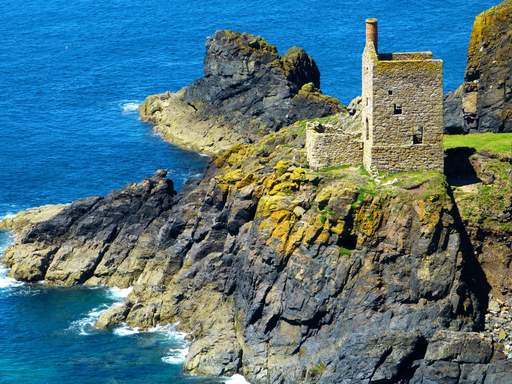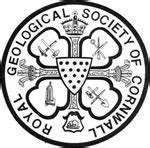
The Royal Geological Society of Cornwall was founded in 1814 in Penzance to promote the study of the geology of Cornwall. It is the second oldest geological society in the world, after the Geological Society of London and has the longest run of publications of any geological society.
Lectures are held on the third Wednesday of each month on Zoom, with in-person or hybrid events every two or three months in various locations including Penzance.
Regular field trips enable enjoyment of geology and landscape in the great outdoors. Members also carry out various historical and outreach projects, and often answer enquiries on historical aspects of RGSC. The transactions are now published as ad-hoc guest-edited volumes. Shorter topical articles, reports of fieldtrips etc, are published on the news page.
Most events are open to non-members, and accessible and enjoyable whatever your knowledge of geology, so please don’t hesitate to join a session that looks of interest. It is only £15 to support the Society by becoming a member, find out more here.
The RGSC is a registered charity. It has recently registered as a CIO and the number is 1202892 (go to the news page). We are affiliated to the Geologists’ Association and have good links to the Cornwall Geoconservation Group. We encourage collaborations with other societies so just email us if you have an idea for a joint event.
Geology of Cornwall
The rocks of Cornwall have an amazing story to tell. They have been on a journey of 8,000 miles in 400 million years. This journey has included tropical seas, deserts, volcanic eruptions and hot granites, mineral vapours rich in tin and copper and ever-changing climate and sea levels. The geology is dominated by its granite backbone, part of the Cornubian batholith, formed during the Variscan orogeny. Around this is an extensive metamorphic aureole (known locally as killas) formed in the mainly Devonian slates that make up most of the rest of the county. There is an area of sandstone and shale of Carboniferous age in the north east, and the Lizard peninsula is formed of a rare section of uplifted oceanic crust.
Map below produced by Charlie Kirkwood and Paul Everett, published in Stream sediment geochemistry as a tool for enhancing geological understanding: An overview of new data from south west England, Journal of Geochemical Exploration, 2016, 163, 28-40. https://www.sciencedirect.com/science/article/pii/S0375674216300127


